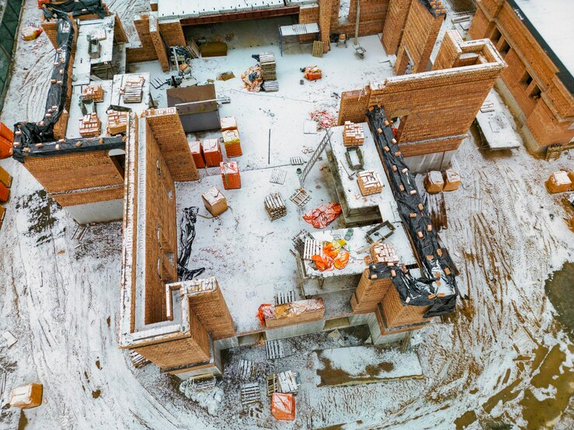Introduction
Dublin, the vibrant and historical capital of Ireland, is no stranger to the challenges posed by natural disasters, including flooding. Situated on the east coast, Dublin is susceptible to both river and coastal flooding, making it essential for residents and business owners to understand how to navigate the process of making a successful flood damage claim. When disaster strikes, it can be a daunting and emotionally draining experience, but knowing how to handle the aftermath can make a significant difference in your ability to recover. In this guide, we will delve into the key steps and considerations for making a successful flood damage claim company in Dublin, helping you regain your footing in the face of adversity.
Immediate Response and Safety
Before diving into the intricacies of a flood damage claim, your first and foremost priority should be safety. As soon as floodwaters start to recede, ensure that it is safe to re-enter your property. If there are any doubts about the structural integrity of your building, consult with a professional before entering. Safety should always come first.
Documentation is Key
Once you've ensured safety, start documenting the damage. This includes taking photographs and videos of the affected areas, damaged belongings, and any structural issues. This visual evidence will be invaluable when filing your claim, as it provides clear proof of the extent of the damage. Be thorough and systematic in your documentation, as it will be crucial in making your case to the insurance company.
Contact Your Insurance Provider Promptly
As soon as it is safe to do so, contact your insurance provider to initiate the claims process. Be prepared to provide detailed information about the damage and have your policy number on hand. The sooner you report the damage, the quicker the process can begin, helping you get back on your feet sooner.
Review Your Policy
Before moving forward, review your insurance policy thoroughly. Understand the coverage it provides for flood damage, including any exclusions or limitations. Flood insurance is often separate from standard homeowners' insurance policies, so ensure you have the right coverage. If you're uncertain about your policy's terms, don't hesitate to ask your insurance agent for clarification.
Mitigate Further Damage
It's essential to take immediate steps to mitigate further damage to your property. This may include temporarily patching up holes or leaks, removing waterlogged materials, and securing the premises to prevent theft or further destruction. Keep all receipts for expenses related to these efforts, as they may be reimbursable through your insurance claim.
Evidence Preservation
Preserve all evidence related to the flood damage. This includes keeping damaged items, materials, and receipts for any repairs or replacements. The insurance adjuster may need to inspect these items, and they serve as crucial proof of your losses.
Cooperate with the Insurance Adjuster
Your insurance company will likely send an adjuster to assess the damage. Cooperate fully with this process, providing them with access to your property and all necessary documentation. Be honest and transparent in your interactions with the adjuster, as this will facilitate a smoother claims process.
Estimate and Document the Losses
Work with the insurance adjuster to estimate the extent of your losses. This includes not only structural damage but also personal property damage. Keep a record of all discussions and agreements, and ensure that the assessment is thorough and accurate. Don't be afraid to ask questions and seek clarification during this process.
Temporary Living Expenses
If your home is uninhabitable due to flood damage, your policy may cover temporary living expenses. Keep all receipts for accommodations, meals, and other necessary expenses incurred while you are displaced. These costs may be reimbursable under your policy.
Review the Claim Settlement
Once the insurance company has assessed your claim, they will provide you with a settlement offer. Review this offer carefully to ensure it accurately reflects the extent of your losses and is in line with your policy coverage. If you believe the offer is insufficient, don't hesitate to negotiate with the insurance company or seek legal advice if necessary.
Conclusion
Navigating the process of making a successful flood damage claim in Dublin can be a challenging endeavor, but with the right knowledge and approach, you can increase your chances of a favorable outcome. Safety should always be your first concern, followed by thorough documentation of the damage and a prompt report to your insurance provider. Understanding your policy's terms and limitations is crucial, as is cooperating fully with the insurance adjuster's assessment. By following these steps and preserving all relevant evidence, you can ensure a smoother and more successful claims process.





Comments